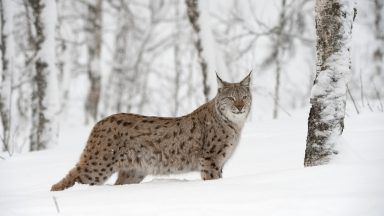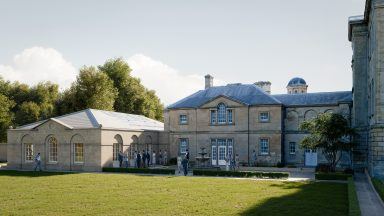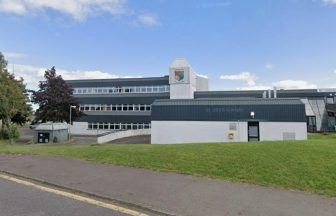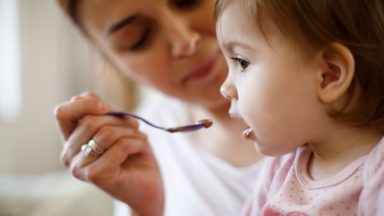A black truffle has been cultivated on a Scottish isle in what is thought to be a first for a UK island.
Professor Paul W Thomas, an honorary professor at the University of Stirling, discovered the truffle on the Isle of Bute in the summer, five years after planting a small hedge of hazel trees inoculated with truffle fungus in his garden.
He said it was “massively exciting” to find the 4.45 gram delicacy on July 30, unearthing it without the help of a dog after signs of animal activity revealed the specimen breaking the surface of the soil.
Larger and riper truffles are expected in the coming weeks, which will be located with the help of Rue, a trained truffle dog.
Professor Thomas, founder of Mycorrhizal Systems Ltd, is running a truffle science project on the island and said growing them could open up new opportunities for land use, economic development and tourism in coastal and rural areas.
He said: “This is a landmark moment – not just for science, but for the future of land use in the UK.
“Truffle farming offers a low-input, resilient crop that could bring real economic opportunities to island and rural communities.
“With the rise of food tourism, this could just as easily support a boutique agri-tourism industry as it could offer new income for landowners.”
He added: “This project isn’t just about luxury produce; it’s about sustainable innovation. Scotland’s islands are uniquely placed to benefit from this type of crop.
“With the right support, truffle cultivation could become part of the rural economy – contributing to jobs, agri-tourism, and climate-smart farming.”
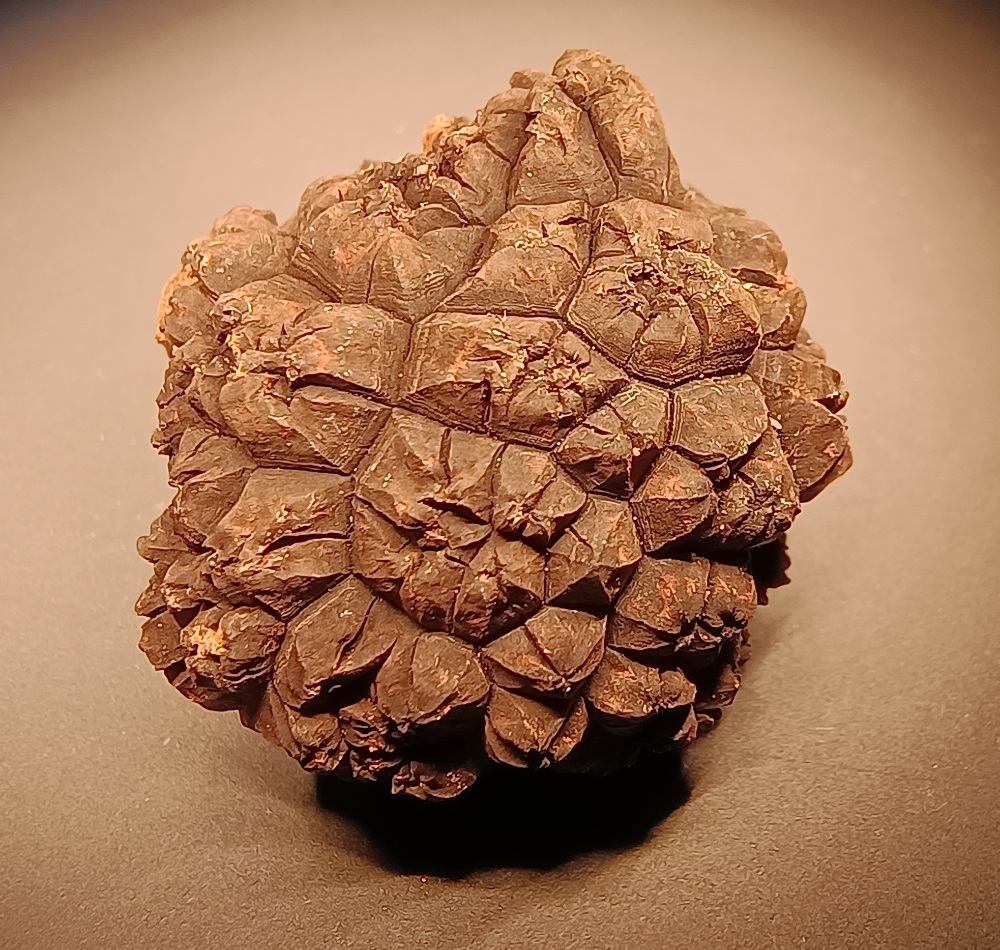 PA Media
PA MediaIt is thought the truffle unearthed on Bute is the first cultivated truffle recorded on a UK island.
The cultivated species, Tuber aestivum, commonly known as the burgundy or summer truffle, is highly prized in gastronomy and can sell for up to £900 per kilogram.
The truffles were grown using a technique developed over two decades by Professor Thomas, and now in conjunction with Professor Alistair Jump, Dean of the Faculty of Natural Sciences at the University of Stirling.
Their research, published in 2023, found that planting fungi with trees to create protein-rich mushrooms may sequester up to 3.5 tonnes of carbon per hectare annually and produce a nutritious food source for nearly 19 million people per year, when scaled up.
Researchers said that tree roots form a symbiotic relationship with fungi and the growing process requires no irrigation, chemical treatments or fertiliser.
Professor Jump said: “This latest discovery supports a growing case for regenerative, sustainable land use, particularly in coastal and island locations traditionally overlooked for high-value cropping.
“Truffle orchards are long-term, low-maintenance systems that support biodiversity and soil health while offering economic return.”
Follow STV News on WhatsApp
Scan the QR code on your mobile device for all the latest news from around the country


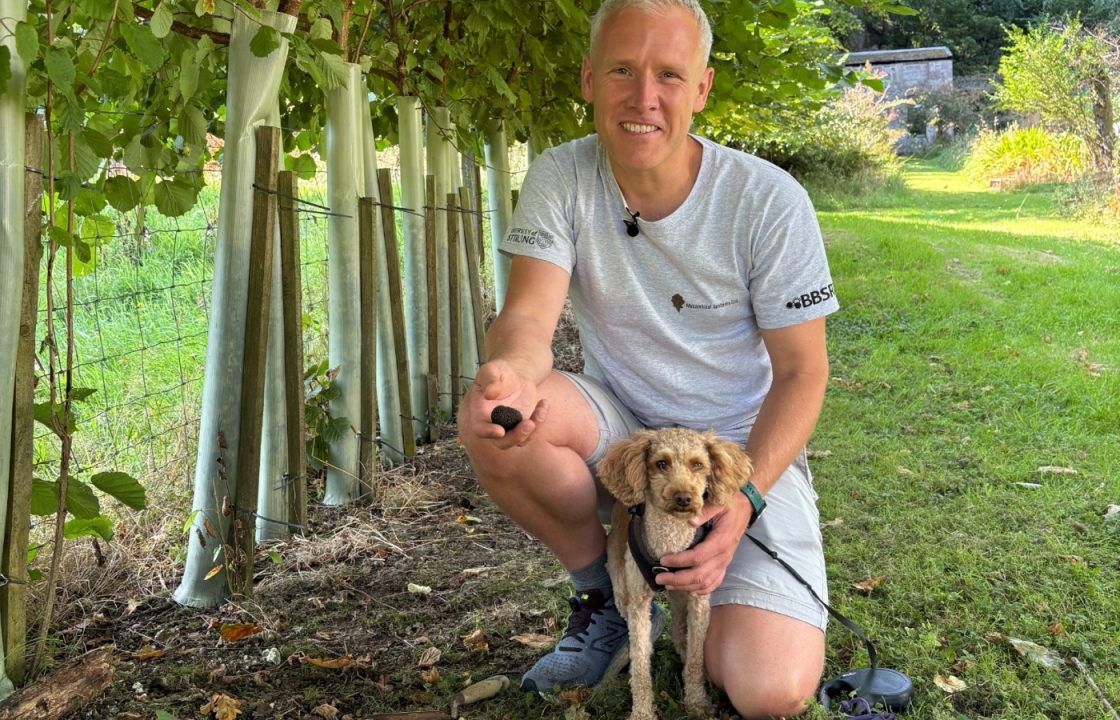 PA Media
PA Media












